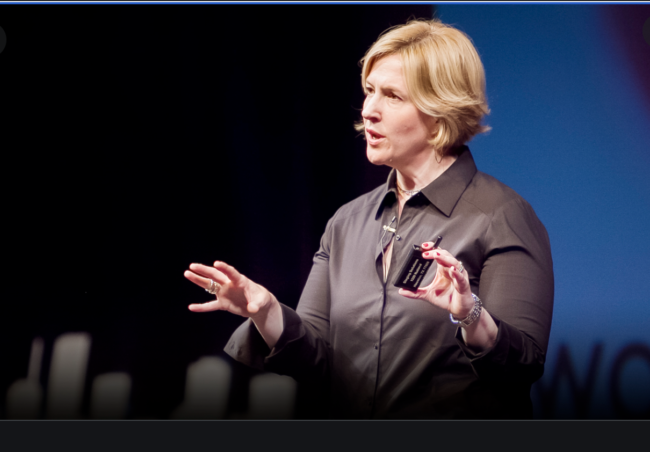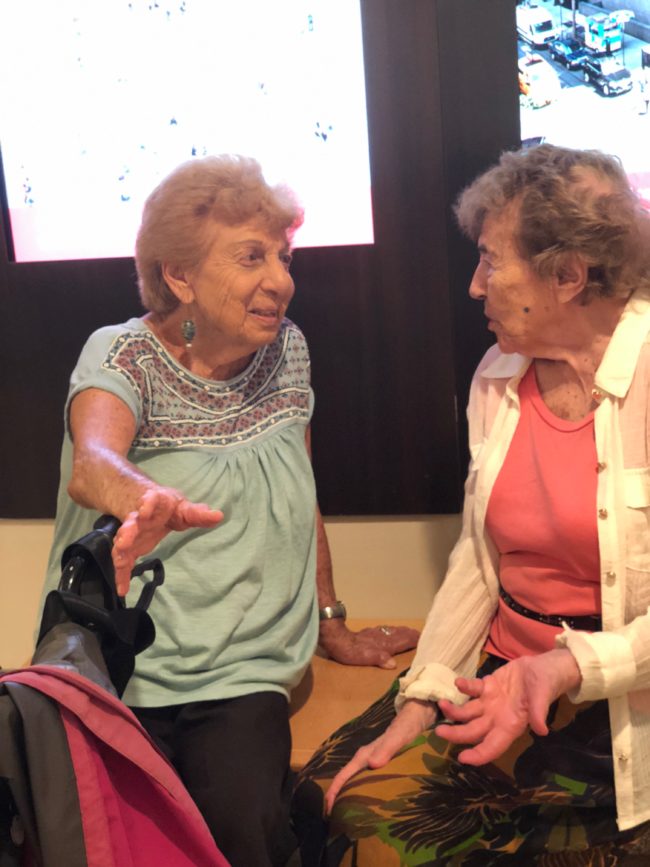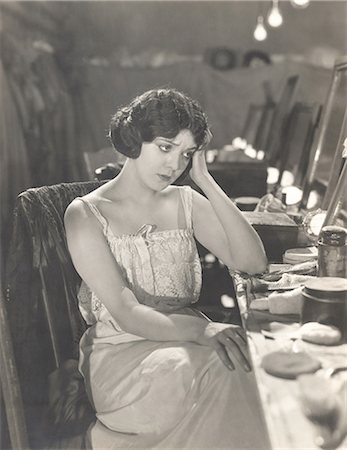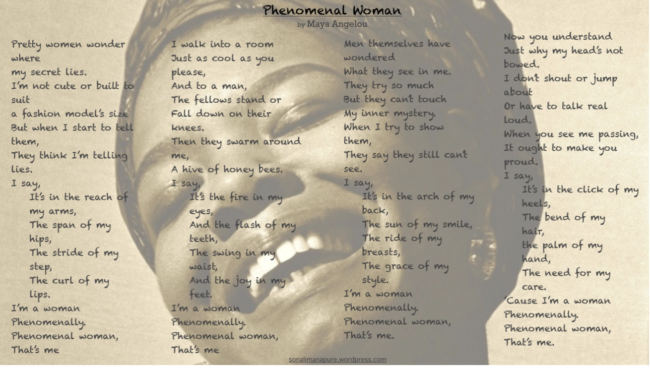Brene Brown, the popular self-help writer and TED speaker, insists that not until we allow ourselves to be vulnerable, can we truly live.

Brene Brown delivering her very popular TED talk on “The Power of Vulnerability,” 2010
You might be scratching your head thinking, “But I feel vulnerable a lot and my life is hardly a bowl of cherries.” This isn’t the association Brown has in mind. She wants us to embrace our vulnerability rather than letting it pull us down.
How does one embrace her vulnerability?
According to Brown, it entails “daring greatly,” or taking an emotional risk, which involves overcoming shame and embarrassment. This is a big order, but it’s manageable. The payoff is deeper personal connections, which is how we flourish. How we live authentically,

Bea and Randi, two old friends, who pride themselves on being open and vulnerable with one another
A personal example: last winter I experienced heart palpations, which, unlike other times, didn’t come and go. This time they were constant. I phoned my doc who recommended an EKG. That led to my having to wear a heart monitor for ten days and then wait several more days for the result.
My imagination went into overdrive: What if I die of a heart attack, or need surgery? I’m outgoing socially but private when it comes to sharing my feelings. I’m regarded as a strong woman. I felt trapped by this image. How could I share my anxieties with others without looking like a basket case and dispelling my image?

Yours truly in worry mode
On the phone with my adult sons, I casually mentioned my heart monitor without admitting how anxious it made me. Both sons, deprived of a chance to be truly involved, dismissed me with statements like, “Mom, you’re strong. You’ll be fine.”
But I couldn’t stop worrying. I mentioned my heart monitor in conversations with friends over dinner or a walk together, behaving as if I were in control and not terrified. I began to worry if I don’t get hold of my anxieties, I would suffer an actual heart attack. I summoned my courage and called a friend with a medical background and a long personal history of serious illnesses.

Being vulnerable and reaching out for help and receiving it.
When we met I mentioned my heart monitor, but this time I shared how frightened I was, how I wasn’t ready to die. I asked her how she found the courage to face her illnesses. When she admitted to being frightened every time she received a new diagnosis, I felt understood. But how did she keep going? Her answer was: “I wasn’t about to be defeated. I sought numerous opinions, lived in gratitude and put one foot in front of the other and kept moving.”
My exchange bore out Brown’s finding that being vulnerable leads to increased connections.
In the end, nothing alarming showed up from my heart monitor. No need for meds or any further treatment. My relief was palpable.
Shame can shut down an attempt to share vulnerabilities.

Fear of shame often stops us from being vulnerable
Wanting to appear in control of our lives, there’s the worry that we’ll be misunderstood, even rejected, when we admit to feeling vulnerable. This can happen. I confessed to one friend, who commented, “You have nothing to worry about” and changed the subject. In retrospect I could have answered back, “But I’m sacred shitless!” Because my friend has a kind heart, I doubt that she would have dismissed me. She would have listened and offered comfort, but my failure to elaborate on my fears, deprived us of a deeper connection.
A few pointers to keep in mind when practicing vulnerability: set your intention, practice positive self-talk and don’t over-share. Boundaries are essential in one’s vulnerability practice. Over-sharing can amount to dumping, unfairly burdening the other.
To stay on track, draw inspiration from the closing lines of Maya Angelo’s poem, “Phenomenal Woman,”
I don’t shout or jump about 
Or have to talk real loud.
When you see me passing
It ought to make you proud.
I say,
It’s in the click of my heels,
The bend of my hair,
the palm of my hand,
The need of my care,
‘Cause I’m a woman
Phenomenally.
Phenomenal woman,
That’s me.





